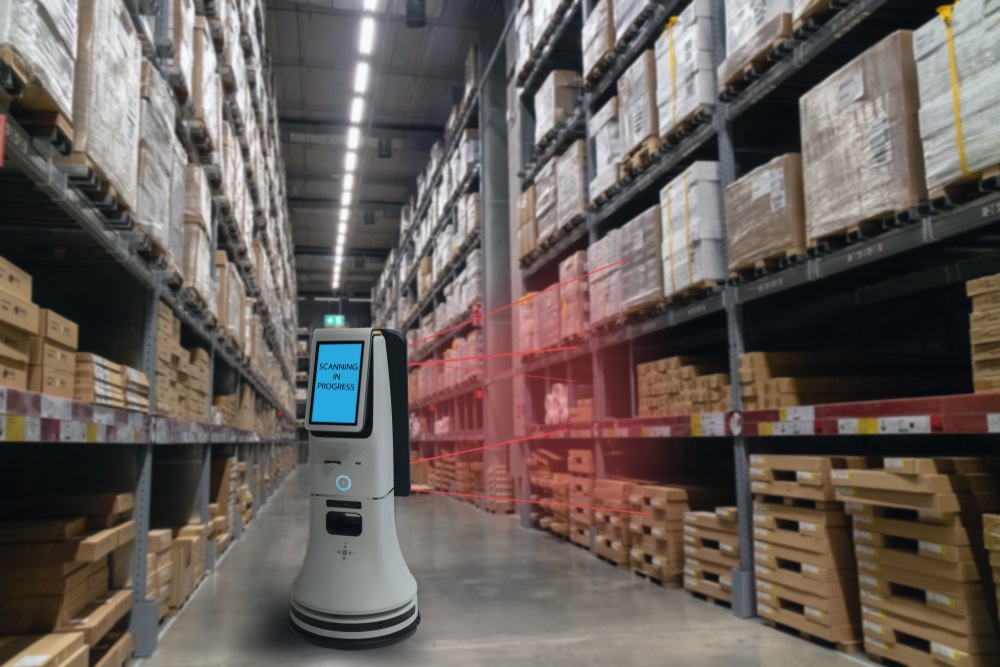Logistics: from plain sheds to the most dynamic sector in commercial real estate

The industrial and logistics sector is striving ahead among commercial property asset classes. In 2018, the market saw occupiers taking up 22.6m sq ft of Grade A big boxes, well above the five-year average.
With vacancy rates decreasing rapidly and the big-box sector evolving at pace, the logistics market has become highly lucrative. Savills have reported that over the last five years, rents have increased circa 3.9% per annum, and the market’s buoyancy is set to continue. According to JLL, the sector is expected to outperform retail and office sectors for the next five years, driving appetite within the investment market.
Increased investor interest and vacancy rates sitting around 5%, have made a clear market for new development. According to Cushman & Wakefield, there are currently 8m sq ft of speculative developments underway across 44 buildings – all 50,000 sq ft and above!
What is driving the sector forward?
The growing popularity of e-commerce is a major influencer. With smartphones allowing brands to sell to shoppers almost anywhere, and with consumers expecting same-day delivery, modern logistics need to evolve as their role increases in importance to the global economy.
Consumer behaviours and expectations are always changing. Many online shoppers won’t pay delivery charges but expect a broad variety of products and want to receive them immediately. This has caused a rise in demand for smaller, city-distribution buildings with closer proximity to transportation and population – saving shipping and labour costs while improving service.
The logistics market needs to continue evolving along with consumer behaviour to ensure the e-commerce market can continue to thrive. The importance of having the right space, in the right location, at the right price, is becoming vital for a brands success.
How is technology changing the future of logistics?
Consumers want immediacy, so brands need to be as savvy as possible to ensure their warehouses are located tactfully, the stock is managed intelligently, and orders shipped efficiently.
The developments in technology are allowing the logistics sector to improve processes substantially, reacting to today’s convenient and experiential landscape, including:
- Big data and predictive analytics are allowing retailers and distributors to allocate inventory smarter, and therefore, quicker delivery times.
- Modern logistics real estate buildings are being built with higher ceilings as new machine/tech handling equipment can stock goods higher, making better use of space.
- Robotics are being developed for a variety of tasks such as racking and forklifts, sorting equipment and collecting items.
- Automated delivery through robots, drones and driverless cars may sound like something from a sci-fi movie, however, it is quickly becoming reality. Amazon has introduced Amazon Prime Air, a future delivery system to get packages to customers in 30 minutes or less using drones.
Technology is revolutionising the logistics sector and changing the supply chain completely. Warehouses are able to store higher volumes of stock, manage inventory levels smarter and once an order is made, get it out the door faster.
The logistics sector is developing at pace and showing no signs of slowing – I’m looking forward to watching the continued evolvement over the coming years!